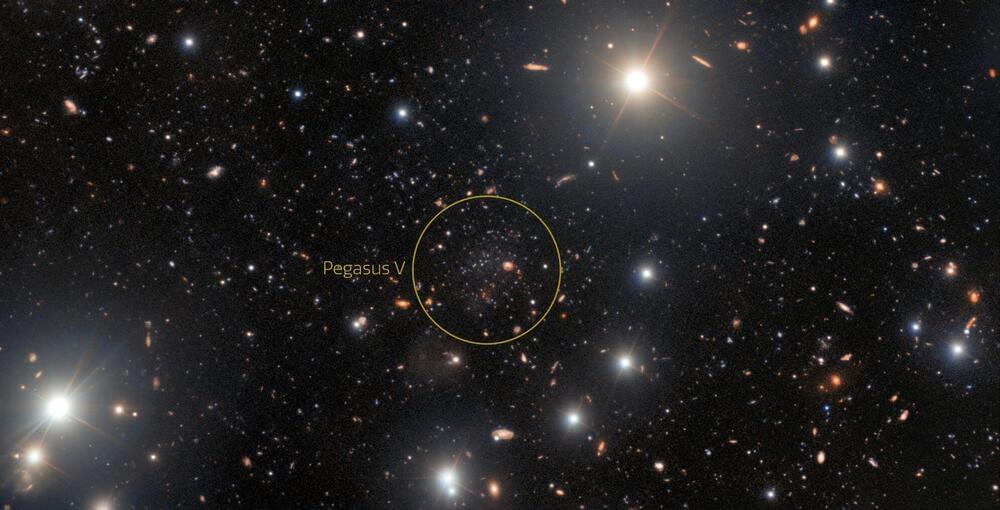A unique ultra-faint dwarf galaxy has been discovered on the outer fringes of the Andromeda Galaxy thanks to the discerning eyes of an amateur astronomer examining archival data processed by NSF’s NOIRLab’s Community Science and Data Center. The dwarf galaxy — Pegasus V — was revealed to contain very few heavier elements and is likely to be a fossil of the first galaxies in follow-up observations by professional astronomers using the International Gemini Observatory, a Program of NSF’s NOIRLab.
An unusual ultra-faint dwarf galaxy has been discovered on the edge of the Andromeda Galaxy with the help of several facilities of NSF’s NOIRLab. Called Pegasus V, the galaxy was first detected as part of a systematic search for Andromeda dwarfs coordinated by David Martinez-Delgado from the Instituto de Astrofísica de Andalucía, Spain, when amateur astronomer Giuseppe Donatiello discovered a curious ‘smudge’ in data in a DESI
The Dark Energy Spectroscopic Instrument (DESI) is a new instrument for conducting a spectrographic survey of distant galaxies that has been retrofitted onto the Mayall Telescope on top of Kitt Peak in the Sonoran Desert 55 miles distant from Tucson, Arizona. Its main components are a focal plane containing 5,000 fiber-positioning robots and a bank of spectrographs which are fed by the fibers. It enables an experiment to probe the expansion history of the Universe and the mysterious physics of dark energy.









Comments are closed.